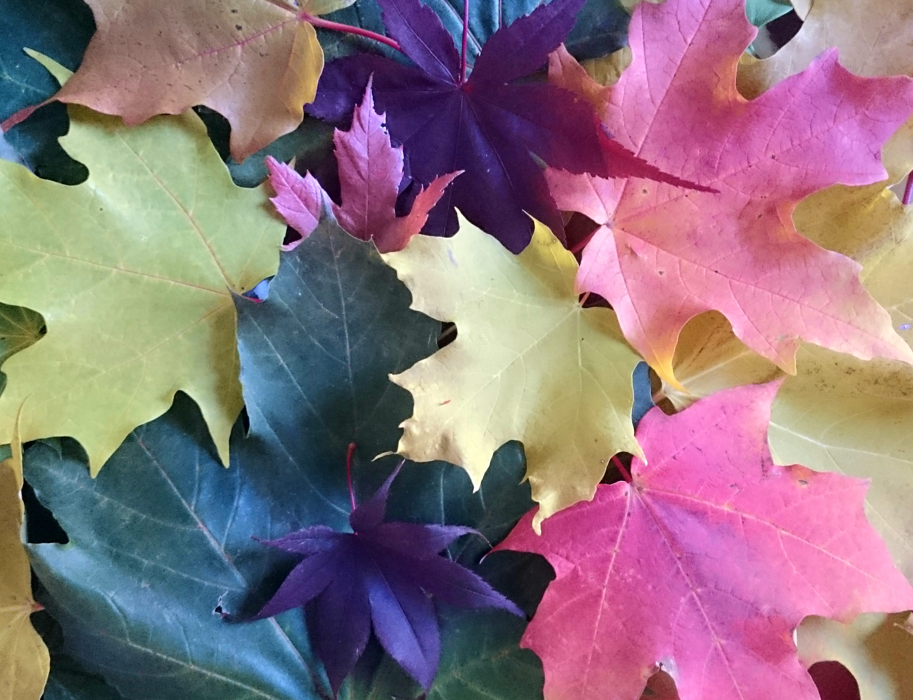All birthdays should be celebrated, including those that honour a country. As Canada Day has just passed, it reminds me of one of my favourite families – the Aceraceae or the Maple Family. With a number of genera belonging to this family, there is much diversity but what comes to mind first is the over 100 trees and shrubs that belong to the Maple Family. It was in 1965, when the final design of the stylized maple leaf was established for our Canadian flag by Jacques St-Cyr and like the mighty maples, continues to stand strong and free.
From a botany perspective, the maple tree is a perfect tree. From the smallest detail to the overall proportion of the tree every characteristic is in duplicate. Each bud is matched by a twin bud that sits directly opposite of each other on the twig. Branches and leaves are also twins and even in the seed leaf patterns angles and curves of one side are the mirror opposite on the other. With the exception of the Manitoba maple, all maple leaves are readily identified by their three or five lobed leaves, distinguished primarily by their teeth and notches.
The wood of the maple is the second most important hardwood species in Canada. It rides on the tails of birch and is used for flooring, furniture, boats and the interior woodwork of many houses. In Ontario, we find native maples like sugar, black, red, silver, mountain, striped as well as the introduced Manitoba and Norway maples.

The Sugar Maple (Acer saccharum) is native to the broadleaf forests in Ontario, Quebec and the Maritimes and extends as far south as Georgia. It thrives on deep, fertile and well-drained soils and is one of our largest and long-lived maples growing more than 35 metres in height and up to 90 cm in diameter. This maple has spectacular fall colour and also produces a sap that is reduced to produce our infamous maple syrup.
The Inferno® Sugar Maple (Acer saccharum 'Jeferno') is the best choice if you wish to grow sugar maples on the prairies. Although I have seen many of the regular sugar maples grown on the prairies, at some point in time the trees succumb to the less than hospitable climate. Thank goodness, we now have a better choice.
On the prairies, the Manitoba Maple (Acer negundo) is the most common large frame maple. They are without doubt the best tree for children to climb on as they have long spreading limbs that allow for easy climbing. They also have a large area which they are found, from southern Manitoba to Ontario and south to Florida and New Mexico. It is rather shallow-rooted and short-lived. Poor weather conditions like wind and ice easily damage the structure as they have weak v-shaped crotches that will break with inclement weather.
The Big Leaf or Oregon Maple (Acer macrophyllum) is only found along the western coast of British Columbia and has leaves that are up to 60 cm wide. It is a very opportunistic maple as it is often one of the first trees to grow on a new site or clearing.
The Silver Maple (Acer saccharinum) is the only maple which is not susceptible to aphids and thus for that reason alone is a good choice for our landscapes. It is a large tree with an oval crown and is also quite fast growing.
Hanbidge is the Lead Horticulturist with Orchid Horticulture. Find us at www.orchidhort.com; by email at [email protected]; on Facebook @orchidhort and on Instagram at #orchidhort. Tune into GROW Live on our Facebook page or check out the Youtube channel GROW.




